Fill In Sentences:
Atoms
INSTRUCTIONS:
Fill in each blank box with the word from the above list that best completes the sentence.
variations
proposed
fusion
compressed
controversial
nucleus
bombarded
fission
feasible
neutral
devastation
ozone
physicist
manufacture
radioactive
1. Protons and neutrons make up the of an atom.
2. Lithium atoms split when they were with a stream of protons.
3. In , the nuclei of atoms release energy when they are forcefully combined.
4. The use of nuclear energy remains a issue for many communities that do not want nearby nuclear power plants.
5. Nuclear wastes remain dangerously for a long time.
6. Neutrons are particles located in the nucleus of atoms.
7. The layer of the atmosphere protects creatures on Earth from harmful ultraviolet rays of the sun.
8. Most people agree that a nuclear bomb should never be used again because of the it causes.
9. Murray Gell-Mann the quark theory in the 1960s.
10. Plants use carbon dioxide and sunlight to their own food.
11. Uranium that has been concentrated and into pellets is the fuel used in nuclear power plants.
12. Amedeo Avogadro was the who figured out how to measure atoms.
13. The in the color of flames result from the amount of energy released.
14. The use of fusion energy is not today, but some day it may be practical.
15. In nuclear power plants, the of uranium nuclei releases a great deal of energy.
Be Sure to fill in all of the answers before you click submit.
You will not be able to edit the results after submission, but you will be able to retake the entire activity.
Definition Matching:
Atoms
INSTRUCTIONS:
For each vocabulary word in the left column, locate its definition in the right column.
Type the number of the correct definition in the blank before the word.
neutral
1. central part, or core, of an atom
devastation
2. to strike with a stream of fast-moving particles
controversial
3. the combining of the nuclei of atoms that have collided with each other
propose
4. having an argument based on a difference of opinion; of a disagreement
manufacture
5. of radiation; giving off radiation as a result of nuclear decay
radioactive
6. neither negative nor positive in charge; having no charge
feasible
7. form of oxygen
bombard
8. destruction
fusion
9. to suggest; to offer as a possibility
compress
10. to make; to produce; to create
nucleus
11. to make smaller by squeezing together
variation
12. scientist who studies the relationship between matter and energy
fission
13. a change; amount of change or difference
ozone
14. possible without great difficulty
physicist
15. the splitting apart of atomic nuclei by bombardment of particles
Be Sure to fill in all of the answers before you click submit.
You will not be able to edit the results after submission, but you will be able to retake the entire activity.
Crossword:
Atoms
After you enter a letter in a box, the focus will automatically move to the next box if it is available.
The complexity of atoms, for kids, is made super simple in this unit, which traces them from their smallest components – quarks – through how they become elements, and delves into the transfer of energy between atoms.
What is so small that millions of them can fit on the head of a pin? No, it’s not angels – it’s atoms! Our world as we know it is broken down into its tiniest components in Atoms. For kids wondering what we are all made of, this issue fits the bill. Start your investigation by breaking down an atom into its even smaller particles: electrons. Even before the invention of electron microscopes, brilliant thinkers – like Democritus in Ancient Greece and Ernest Rutherford in the early 20th century – knew there was something more to matter than what the eye can see. Follow their search inward, and the searches of scientists after them, ending with – surprise! – an even smaller particle than the atom, the quark.
Read on to get an elementary view of – what else?– the elements, which are composed of clumps of identical atoms. Kids can then get answers to some of their common questions, such as: Why does a light bulb glow? And why is fire orange? (Hint: it all has to do with the energy of electrons.) Next up, it’s the periodic table; make sure to look closely for elements named after people, countries and even towns. The power of fission and fusion is dissected, along with nuclear energy and the lasers we encounter everywhere in daily life. Atoms, for kids, have never been more understandable.
8 Topics in this unit
-
Free
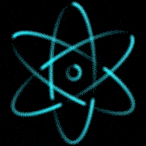
-
The Parts of an Atom
“Atom.” The word comes from the Greek a-tomos, meaning “indivisible.&rdq ...
- 560L-740L
- 750L-890L
- 900L-1040L
-
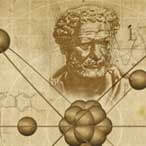
-
Major Discoveries About the Atom
Our understanding of atoms dates back to the Greek philosopher Democritus. Around 530 B.C. ...
- 560L-740L
- 750L-890L
- 900L-1040L
-
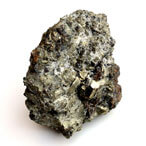
-
The Elements
Imagine burnt toast. The black particles you can scrape off the bread are actually clumps ...
- 560L-740L
- 750L-890L
- 900L-1040L
-
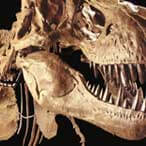
-
Atoms Explain Common Phenomena
Why do light bulbs glow? Why are the flames of fires different colors? How can scientists ...
- 560L-740L
- 750L-890L
- 900L-1040L
-
Free
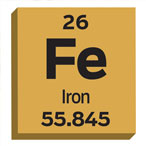
-
The Periodic Table
Just as the products in a supermarket are organized by similarities—cereals in one s ...
- 560L-740L
- 750L-890L
- 900L-1040L
-
Free
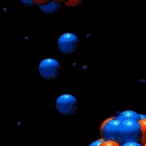
-
Fission and Fusion
Consider the chair you are probably sitting on. The food you eat. The juices you drink. Ea ...
- 560L-740L
- 750L-890L
- 900L-1040L
-
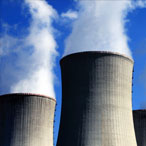
-
Pros and Cons of Nuclear Energy
Why aren’t we building more nuclear power plants?
- 560L-740L
- 750L-890L
- 900L-1040L
-

-
A Laser World
In some ways, laser light is like every other kind of light. It is the result of atoms&rsq ...
- 560L-740L
- 750L-890L
- 900L-1040L
1 Videos in this unit
-
Free
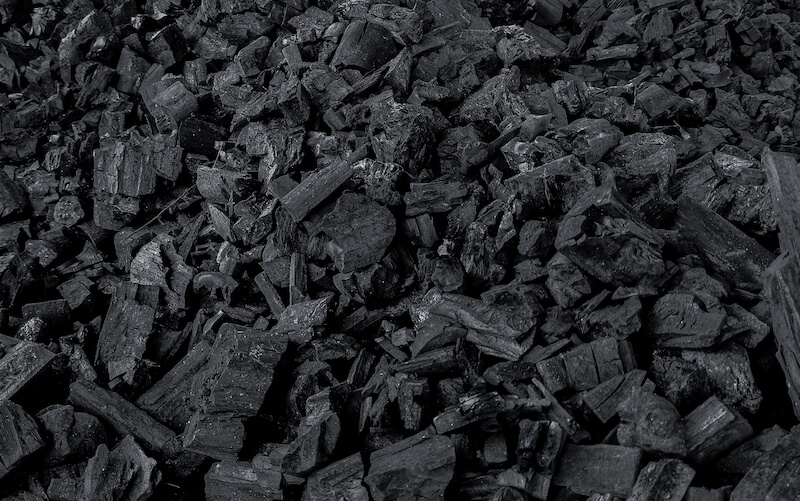
-
The Elements
All carbon atoms are alike; they have the same number of protons. In the same way, all oxy ...

